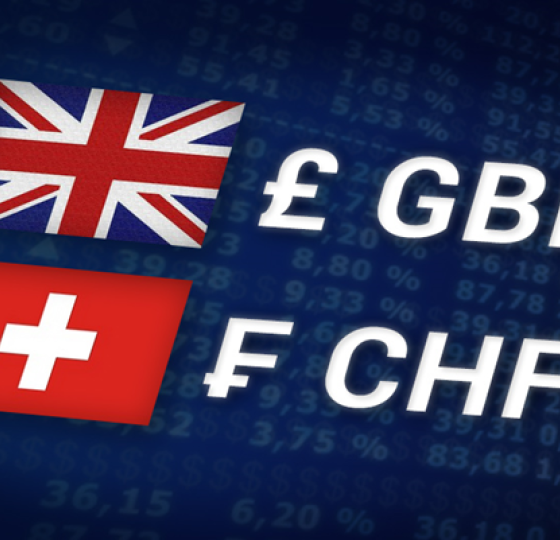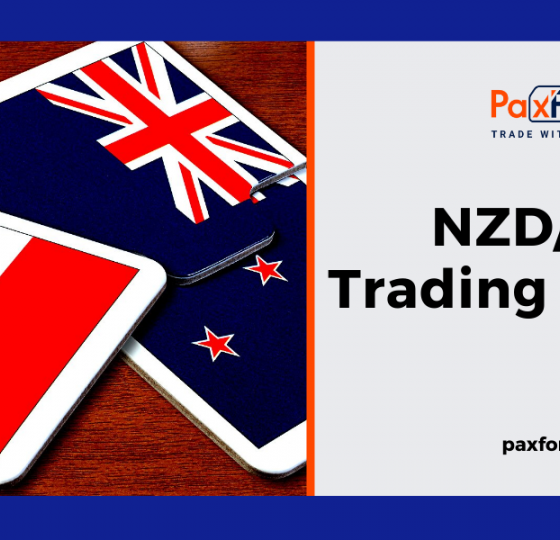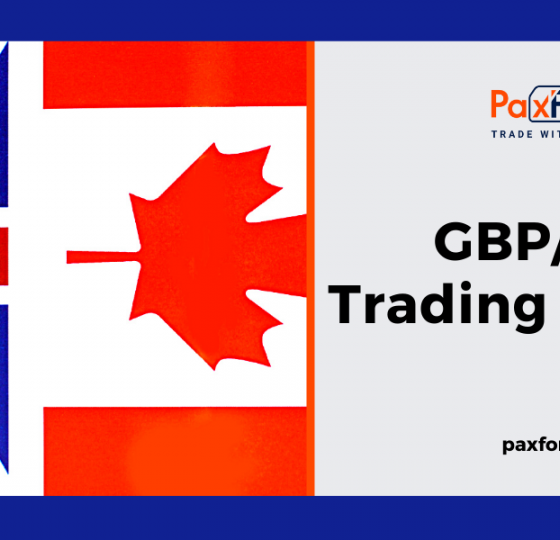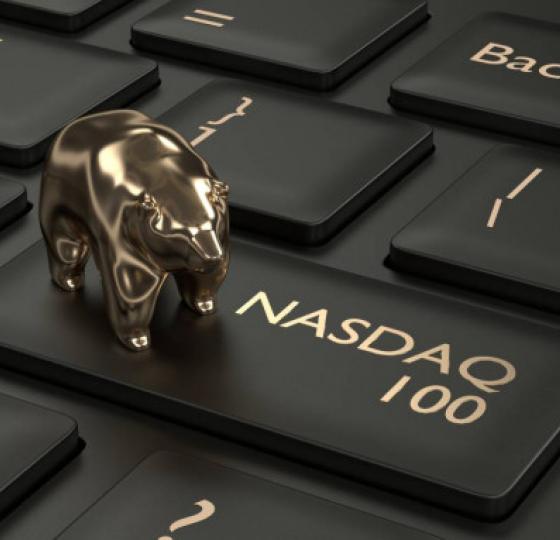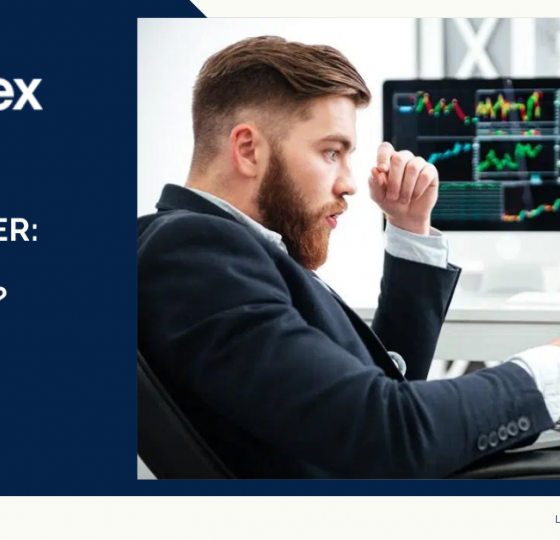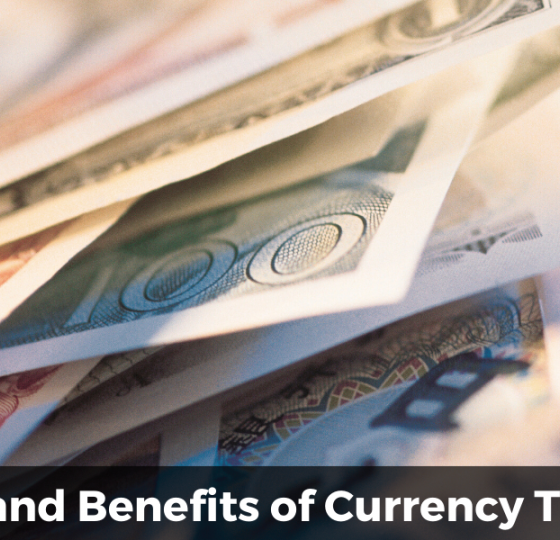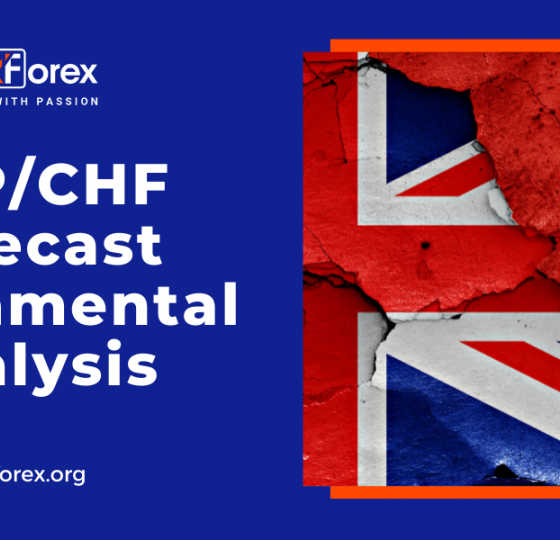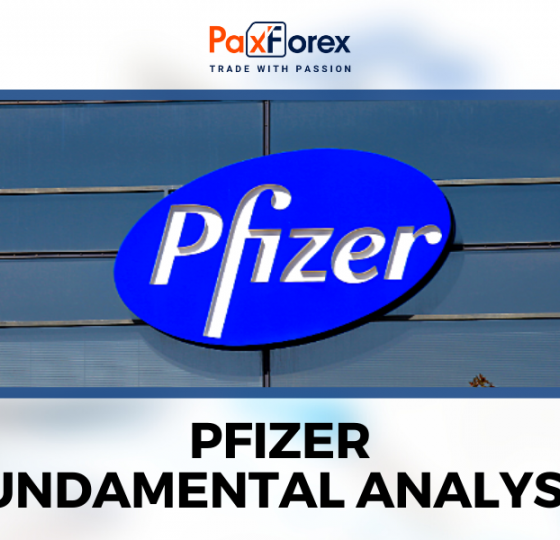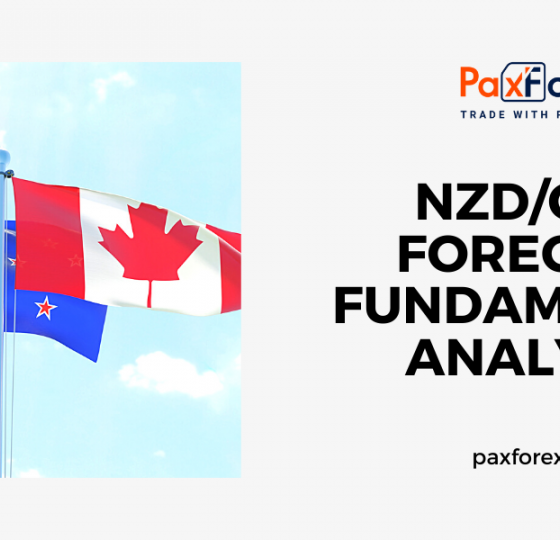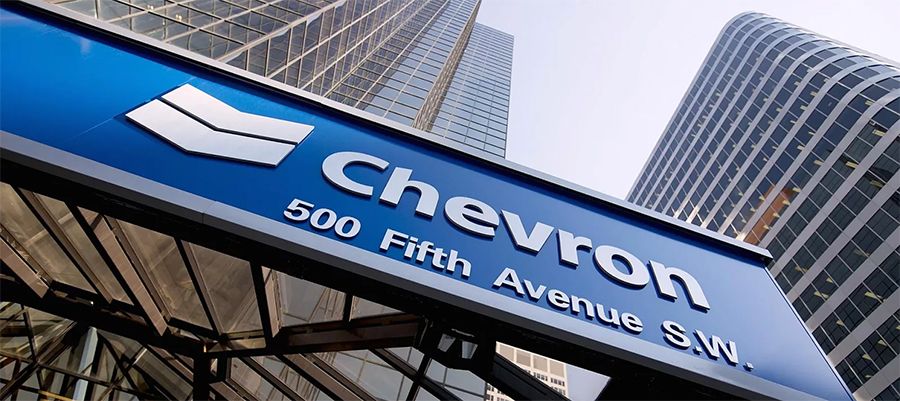
Source: PaxForex Premium Analytics Portal, Fundamental Insight
Chevron offers a compelling case as an energy investment, particularly due to its strong dividend, which has been increased annually for 37 years and currently yields 4.4%. With the stock trading more than 20% below its recent highs, you might be wondering whether now is the right time to buy Chevron. Here are some key factors to weigh before making your decision.
To start, Chevron is classified as an integrated energy company, meaning it operates across multiple segments of the energy industry. It has significant involvement in the upstream (energy production), midstream (transportation and storage infrastructure), and downstream (chemicals and refining) sectors. Each of these segments operates differently and is affected by various market dynamics.
By combining upstream, midstream, and downstream operations under one roof, Chevron creates a diversified business model. This diversification, bolstered by its global presence, helps to buffer the company against the volatility of the energy market. While commodity prices are the primary drivers of Chevron's revenue and profits, the fluctuations tend to be less severe than they would be if the company were solely focused on energy production.
Another strength of Chevron is its strong balance sheet. Currently, the company's debt-to-equity ratio is an impressively low 0.15. This figure is not only low for any company but also the best among Chevron’s closest competitors. This financial strength provides Chevron with the flexibility to take on more debt if needed, allowing it to sustain its business operations and dividend payouts even during downturns in the oil market. In summary, Chevron offers a more conservative approach to investing in the energy sector.
Chevron's stock is currently trading below $150, marking a roughly 20% drop from its peak of around $188 per share in late 2022. For dividend-focused investors looking to increase their energy sector exposure, this decline could present an attractive entry point, especially with Chevron's 4.4% dividend yield, which is significantly higher than the S&P 500's yield of about 1.2% and the average energy stock yield of 3.1% (as represented by the Energy Select Sector SPDR ETF).
Adding to its appeal is Chevron’s strong financial foundation, diverse business operations, and proven ability to navigate energy market downturns while continuing to reward shareholders with consistent dividend growth. Conservative investors find these factors compelling enough to buy Chevron stock as an energy investment.
However, there’s a potential downside: Oil prices are relatively high at the moment. While they’ve been higher before, they’ve also been much lower, and the cyclical nature of the oil industry suggests that Chevron may face a period of significantly lower energy prices in the near future.
While Chevron's low debt-to-equity ratio positions it well to weather such downturns, it doesn't change the reality that lower energy prices would reduce its revenue and earnings, potentially prompting investors to sell the stock.
In fact, over the past decade, Chevron's stock has dipped below $80 per share three times, with its dividend yield climbing as high as 9% at one point (during the height of the pandemic). A 6% yield isn’t out of the question either, having been reached on three occasions as well.
Given this historical context, it wouldn't be surprising to see another deep oil downturn that drags Chevron’s stock down further, possibly pushing the yield to even more attractive levels. In other words, if you’re looking to buy Chevron at a bargain price, waiting for the next major oil sell-off might be a prudent strategy.
For long-term investors focused on income, Chevron could still be a solid buy at current levels, even if the price isn't at its absolute lowest. Purchasing the stock below $150 could be considered a fair deal.
However, if you’re willing to be patient and monitor the market, you might be able to buy Chevron at an even better price in the future, thanks to the energy sector’s inherent volatility. The key is to get familiar with the company now and establish a clear plan for when to make your move - perhaps when the dividend yield reaches 6%.
Ultimately, the best time to buy Chevron may be when investor sentiment is at its lowest. Without a plan, fear could cause you to miss that opportunity.
While the price is above 143.00, follow the recommendations below:
- Time frame: D1
- Recommendation: long position
- Entry point: 145.12
- Take Profit 1: 154.90
- Take Profit 2: 158.30
Alternative scenario:
If the level of 143.00 is broken-down , follow the recommendations below:
- Time frame: D1
- Recommendation: short position
- Entry point: 143.00
- Take Profit 1: 139.60
- Take Profit 2: 137.00


